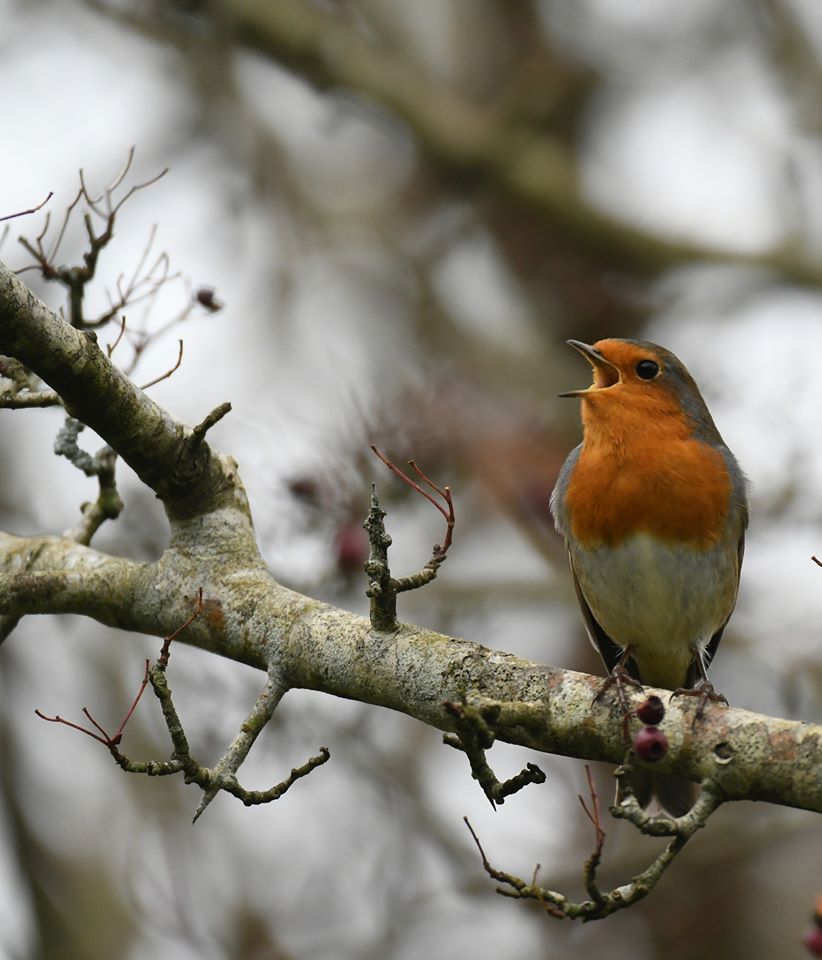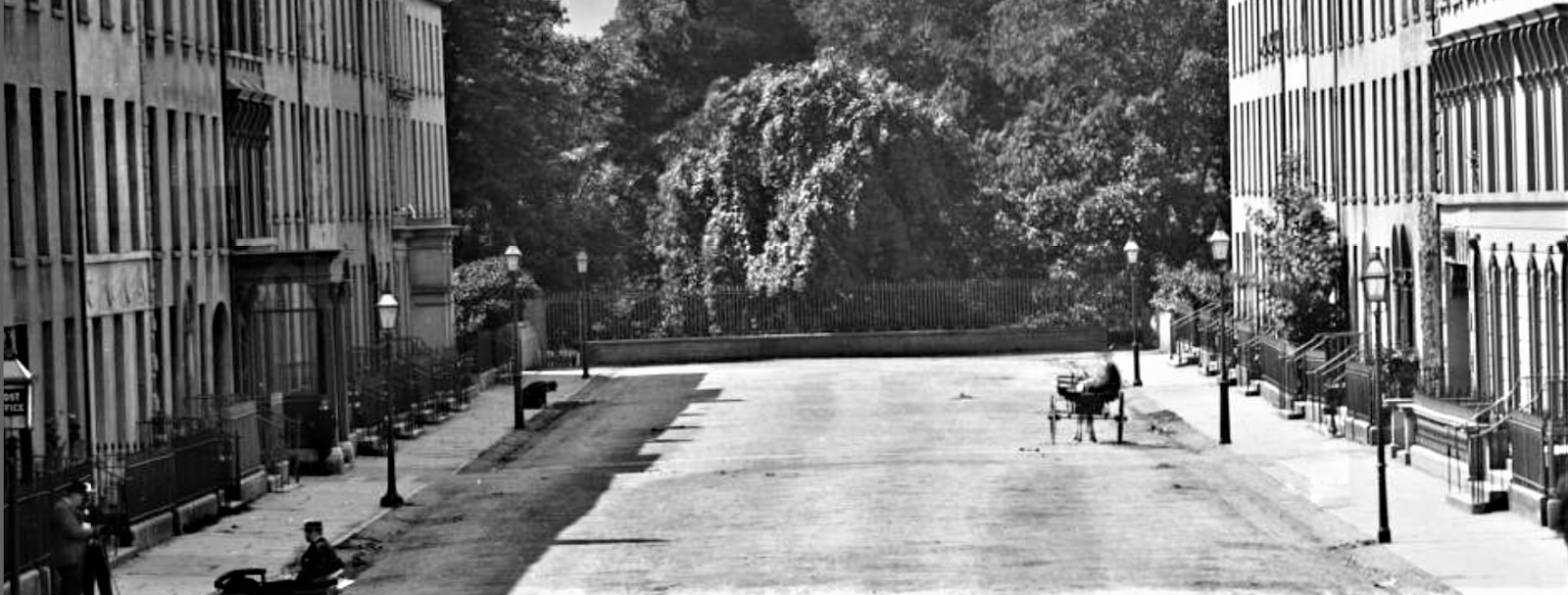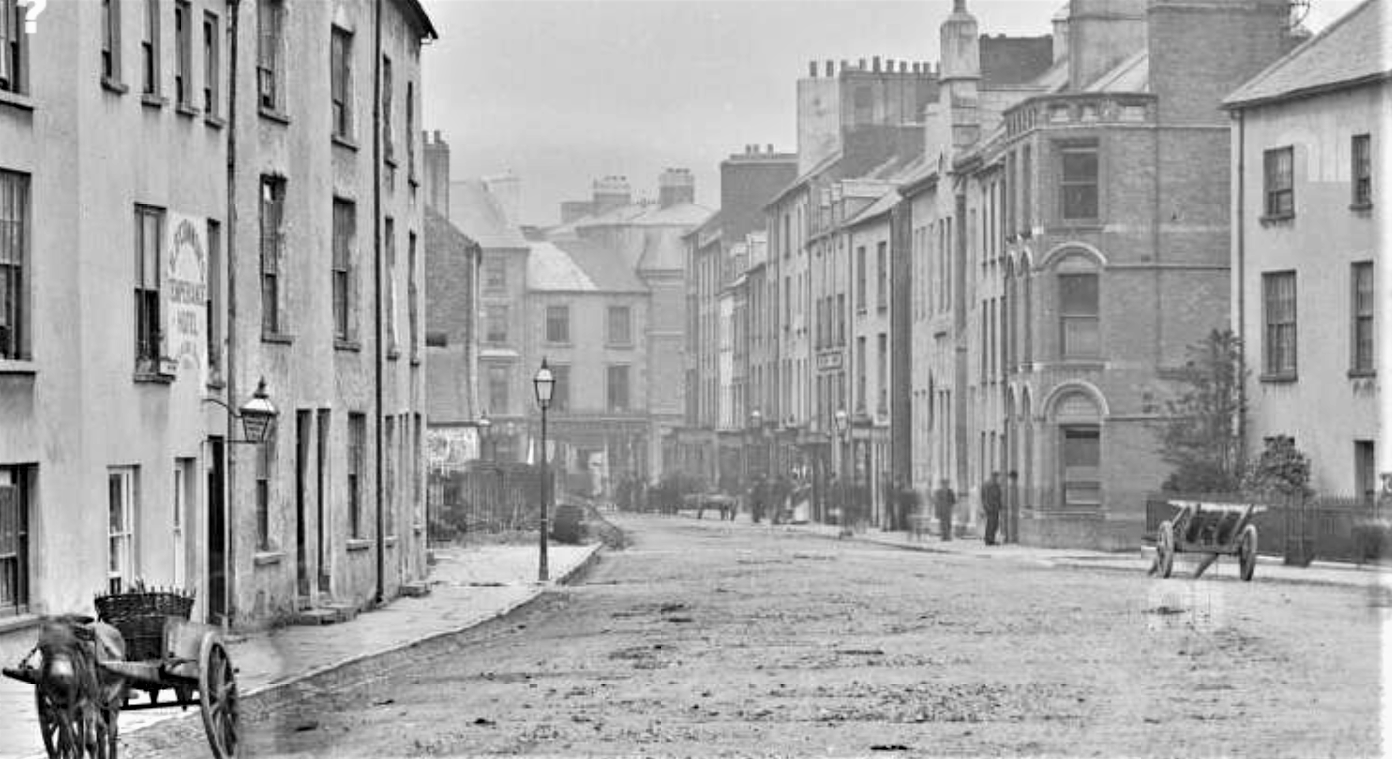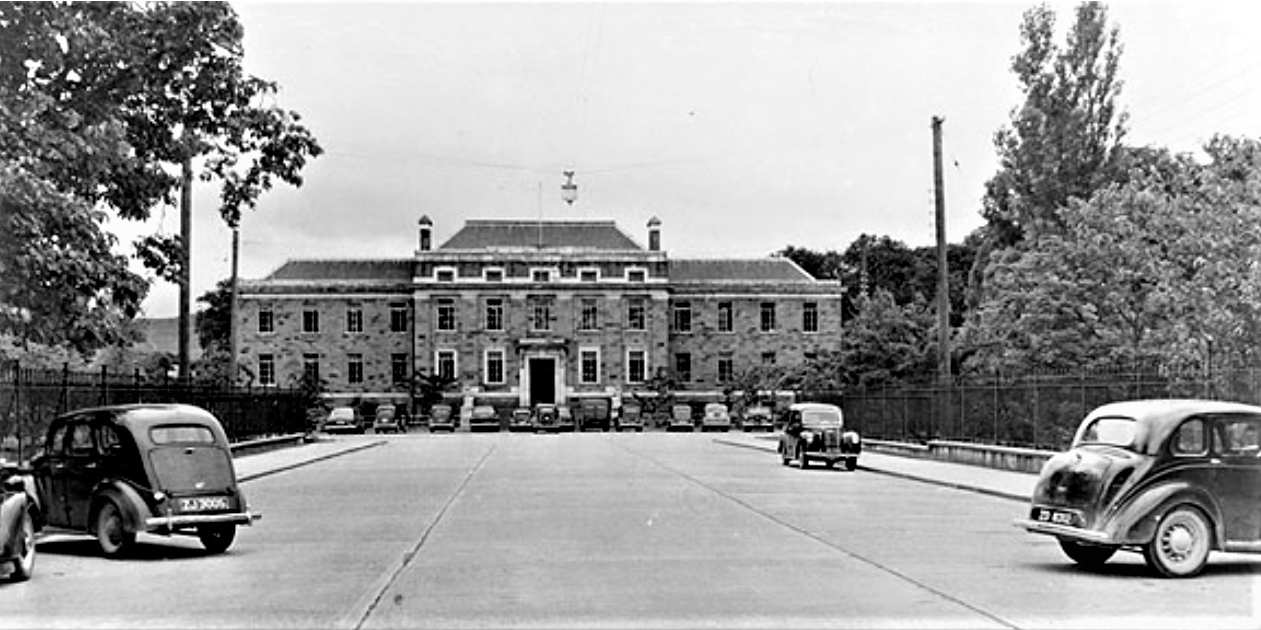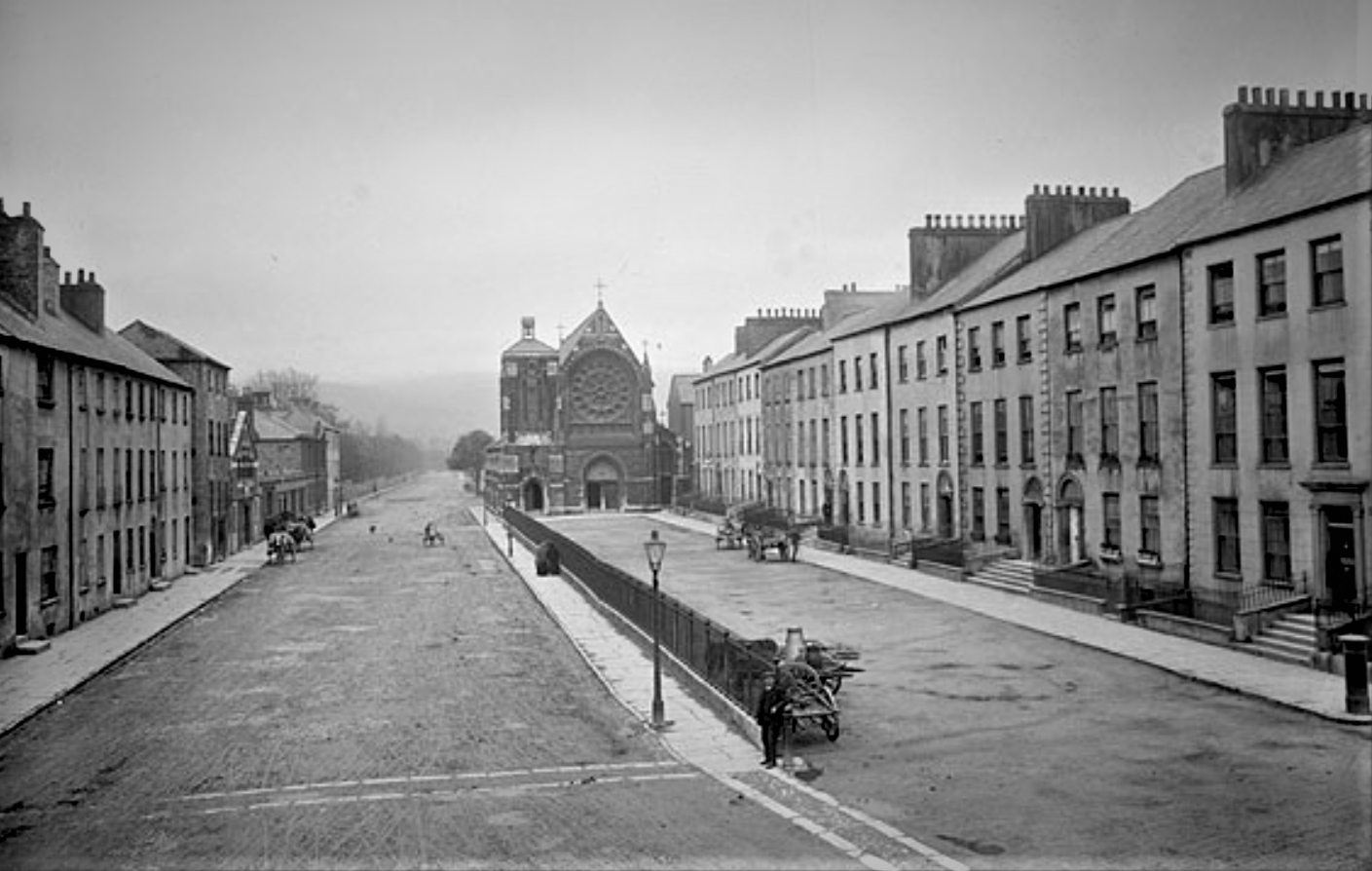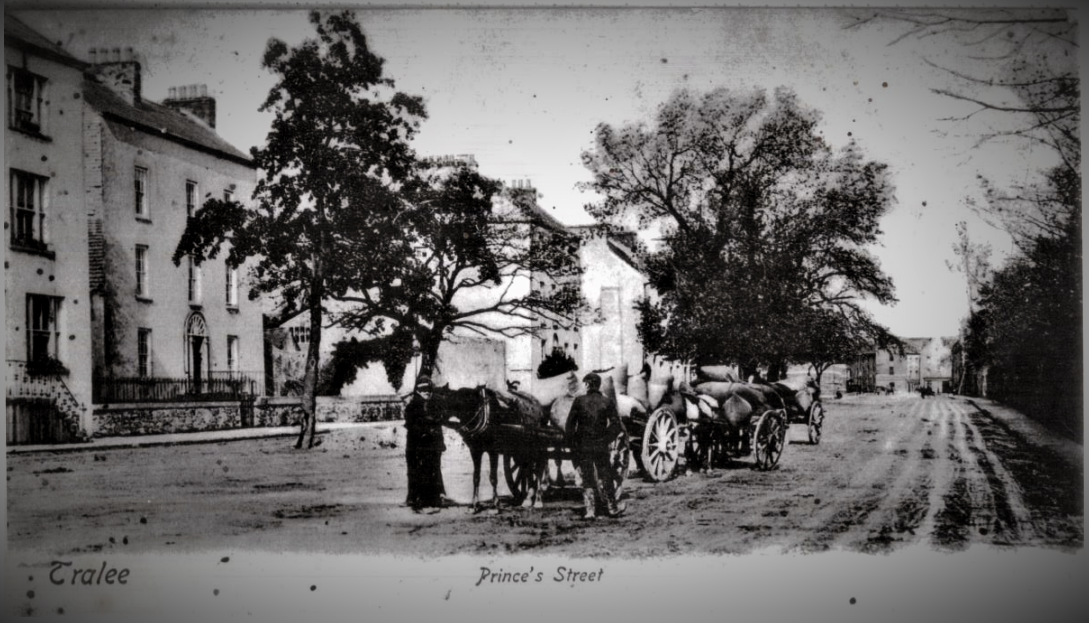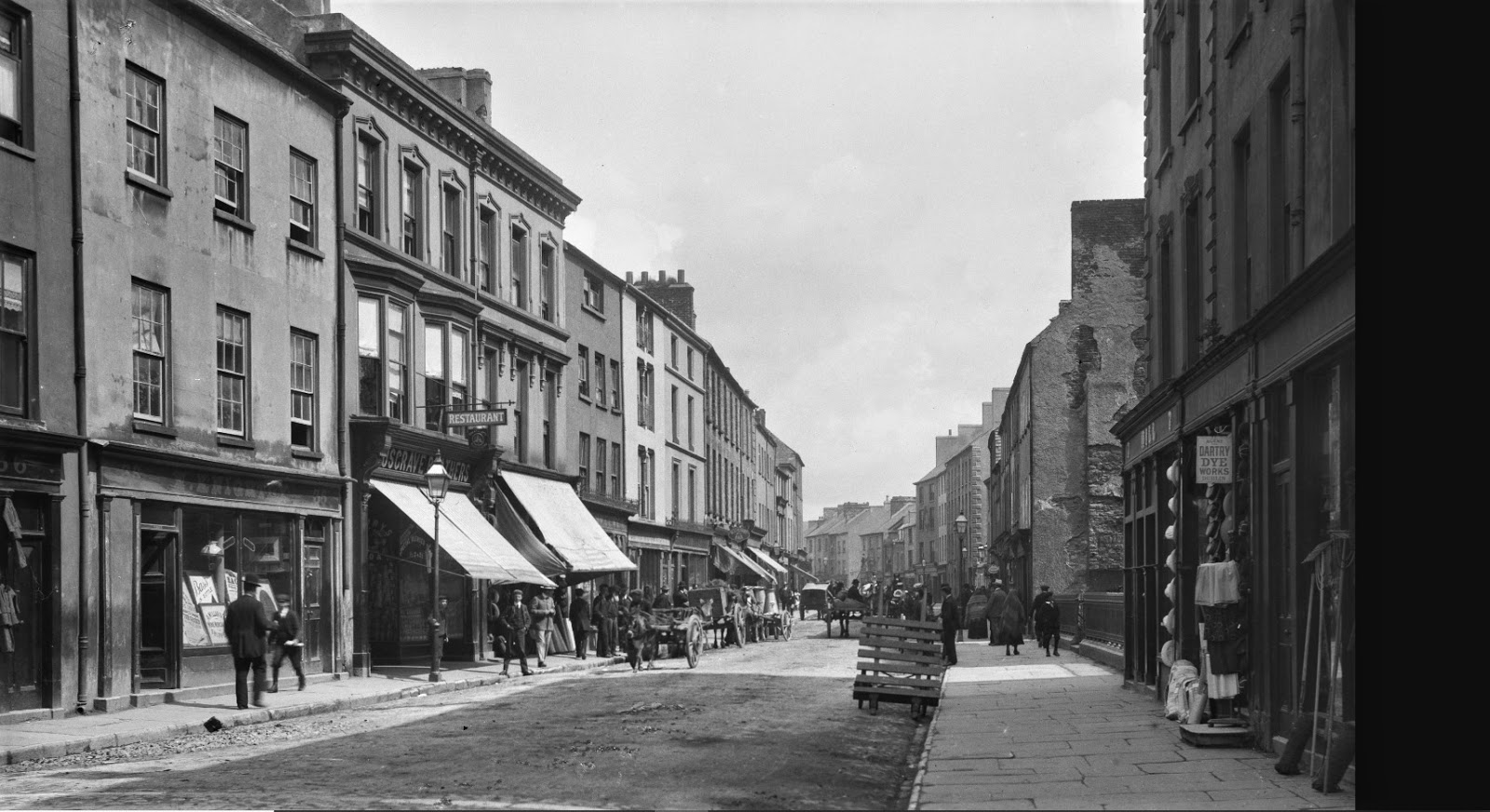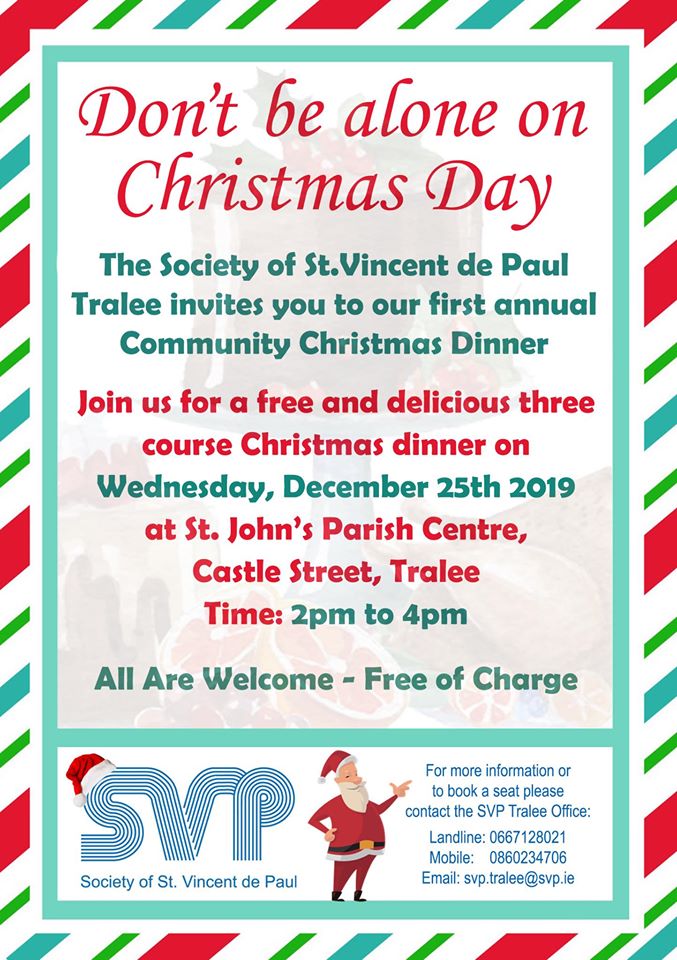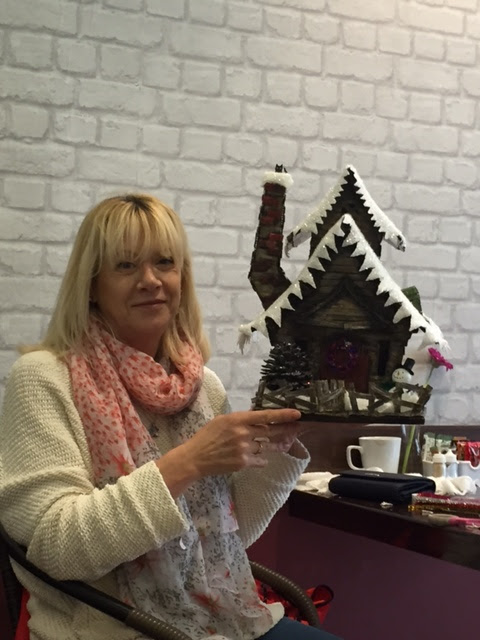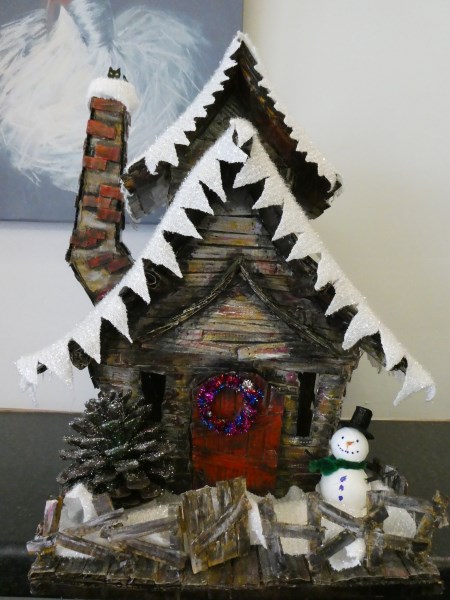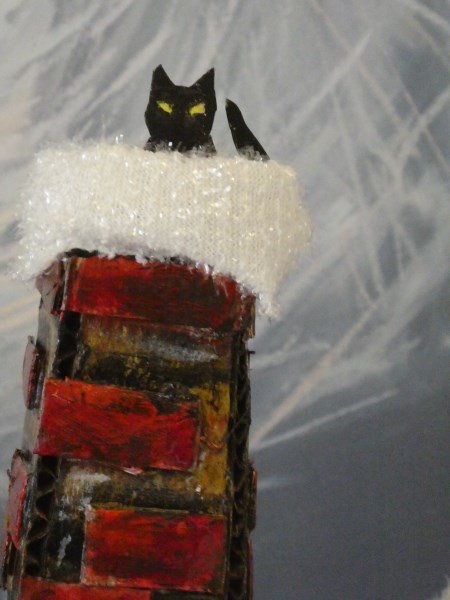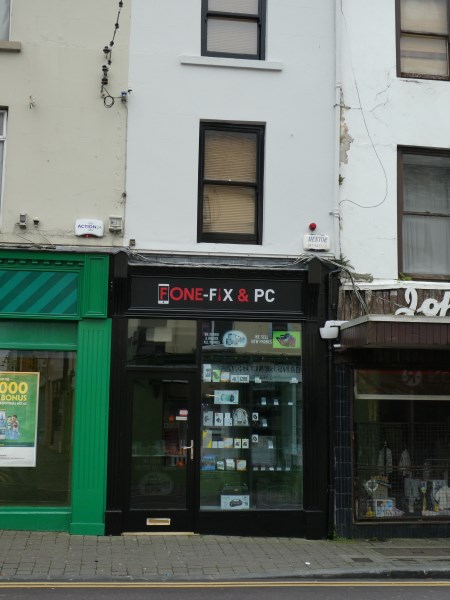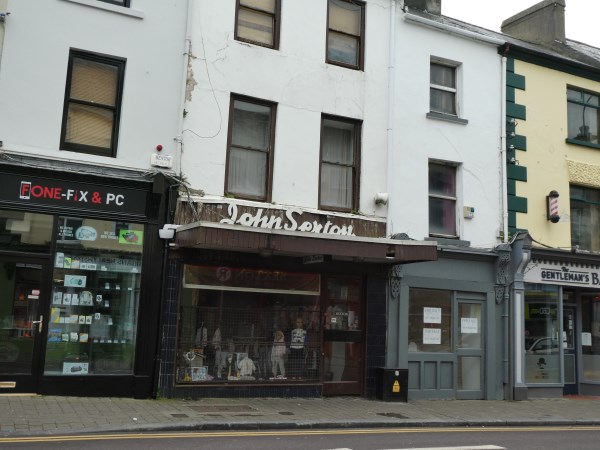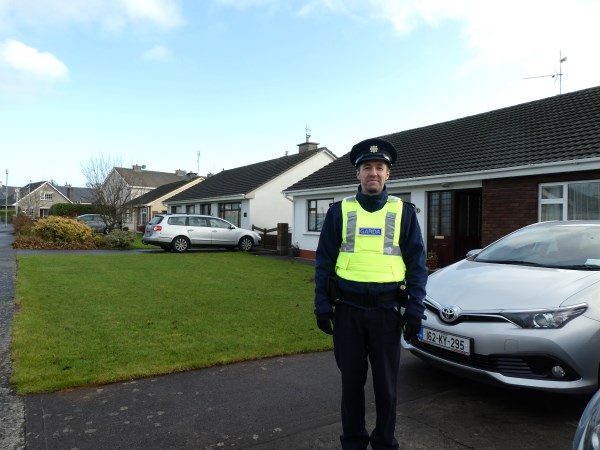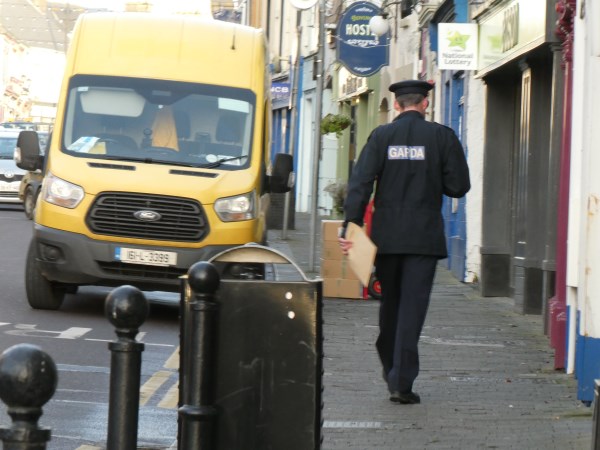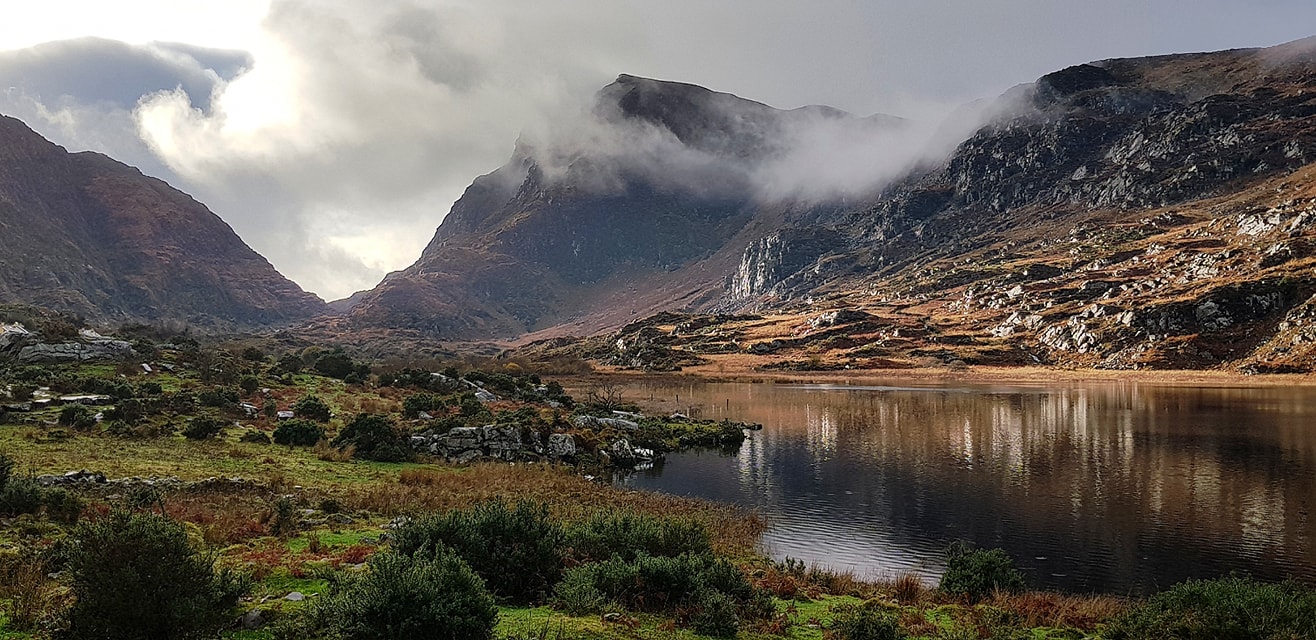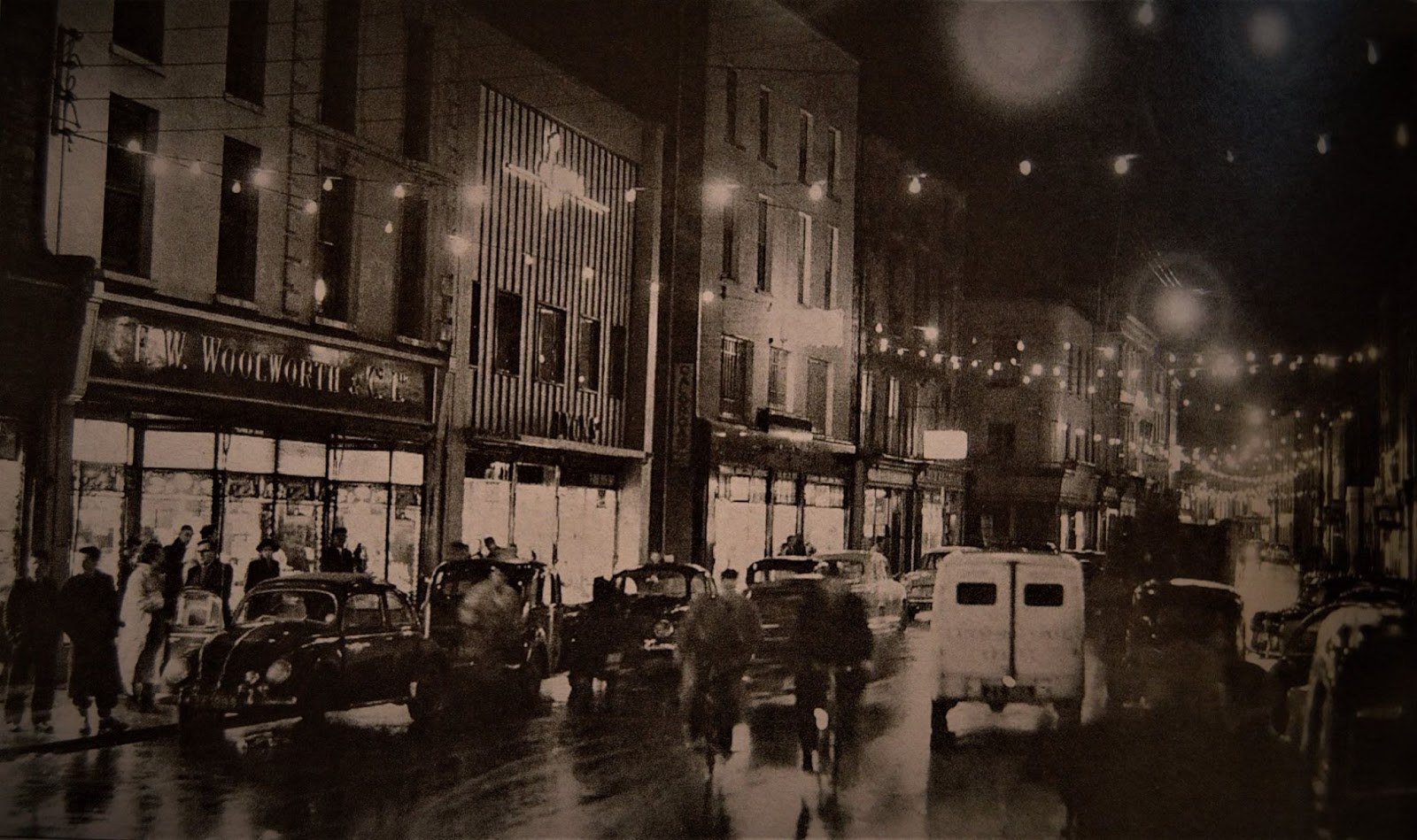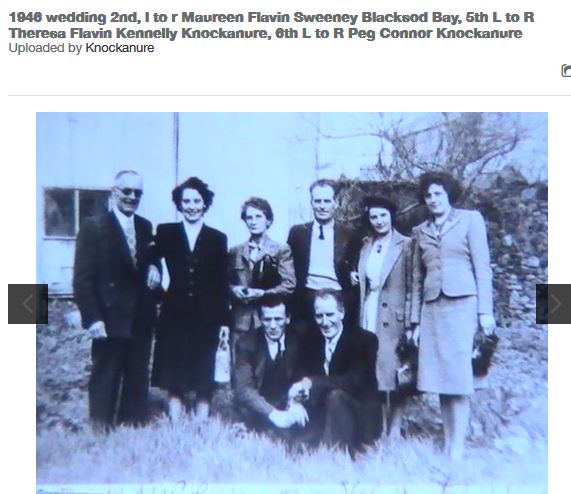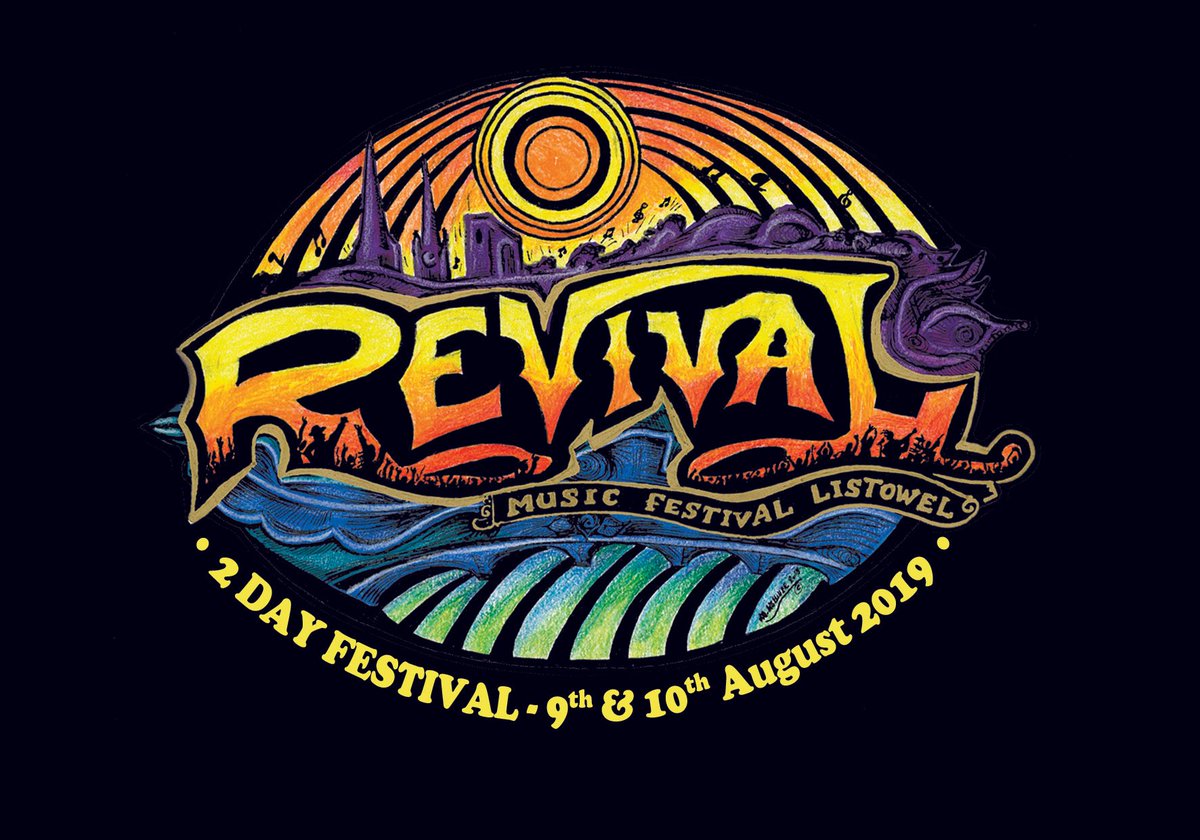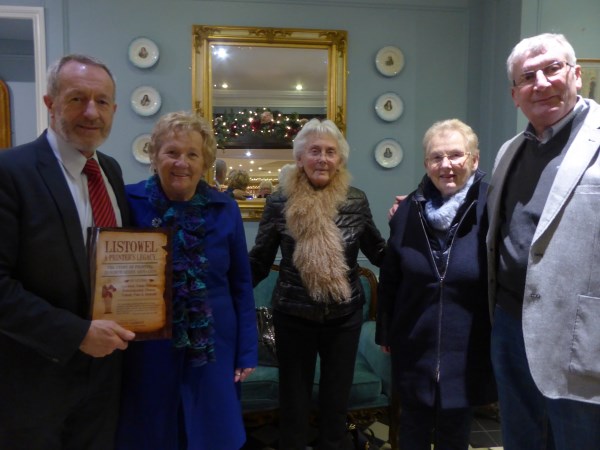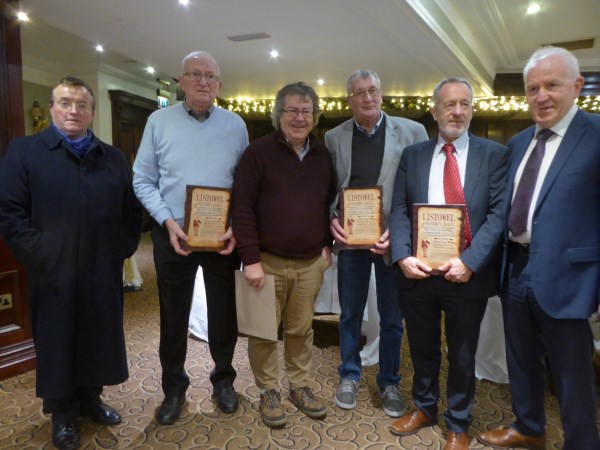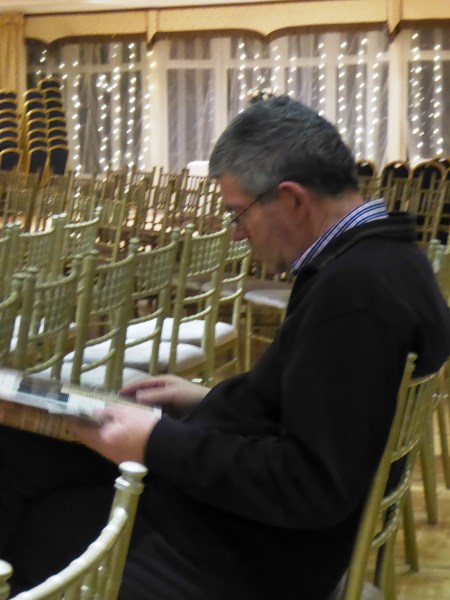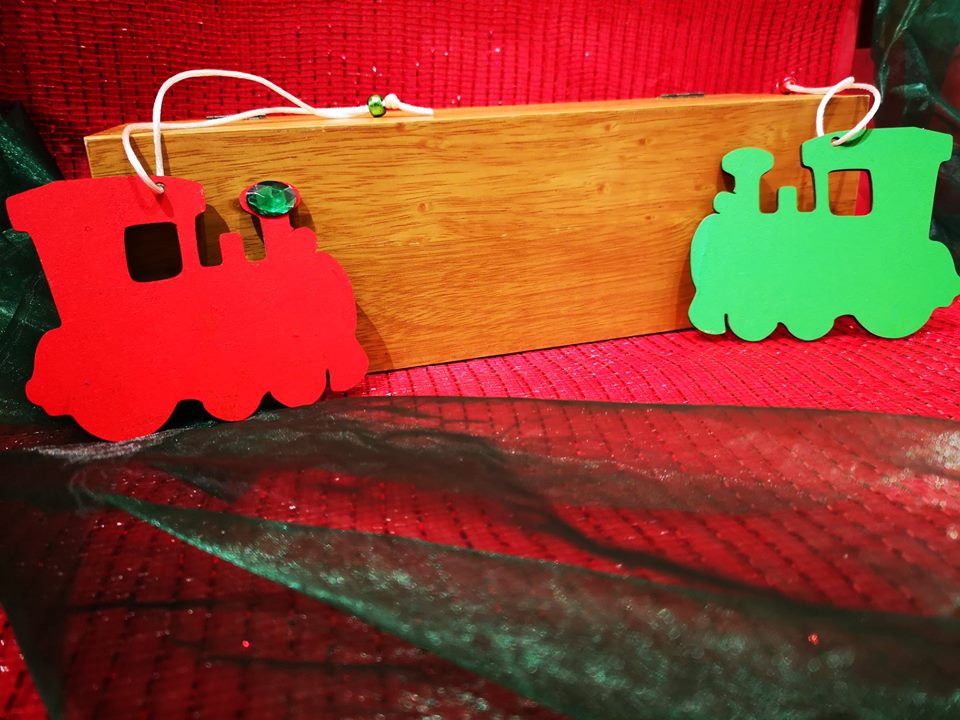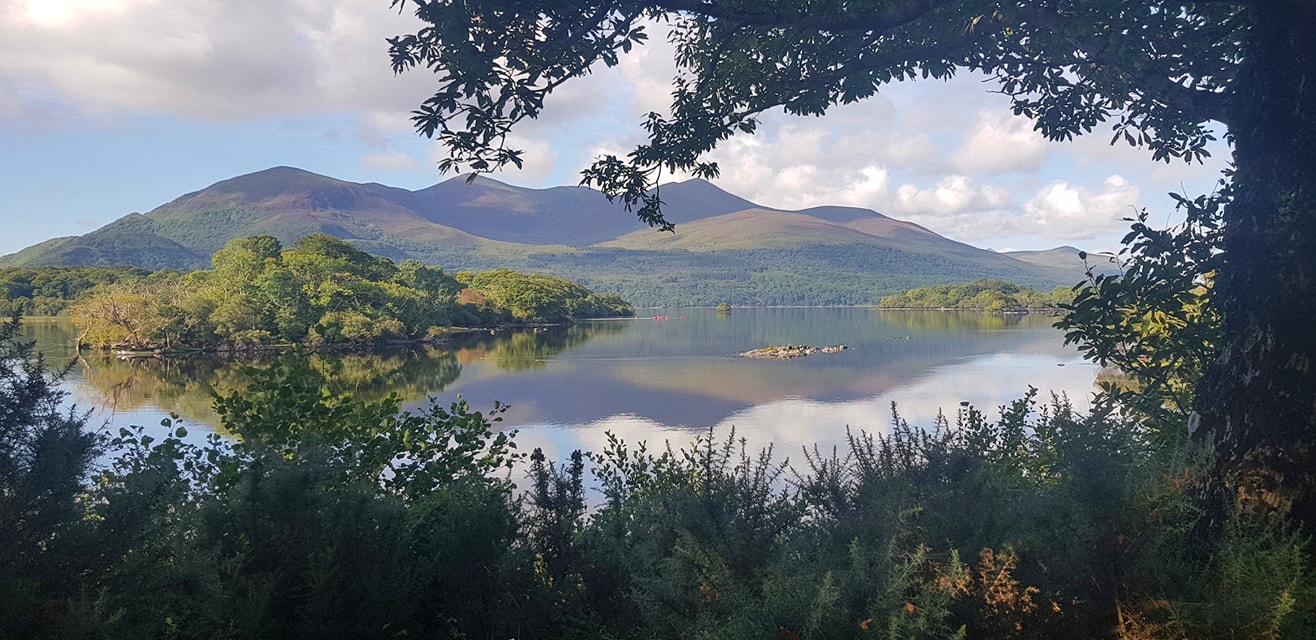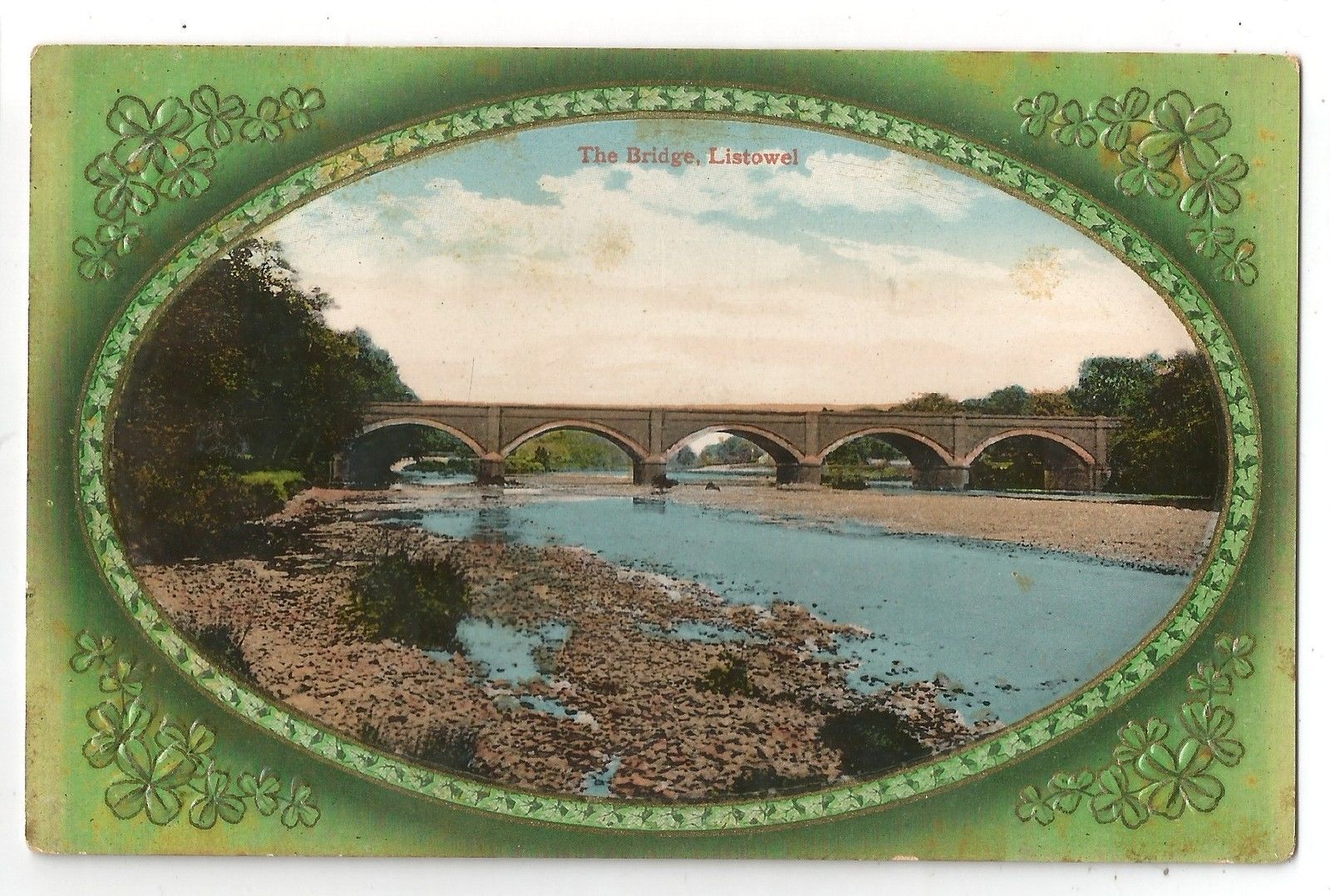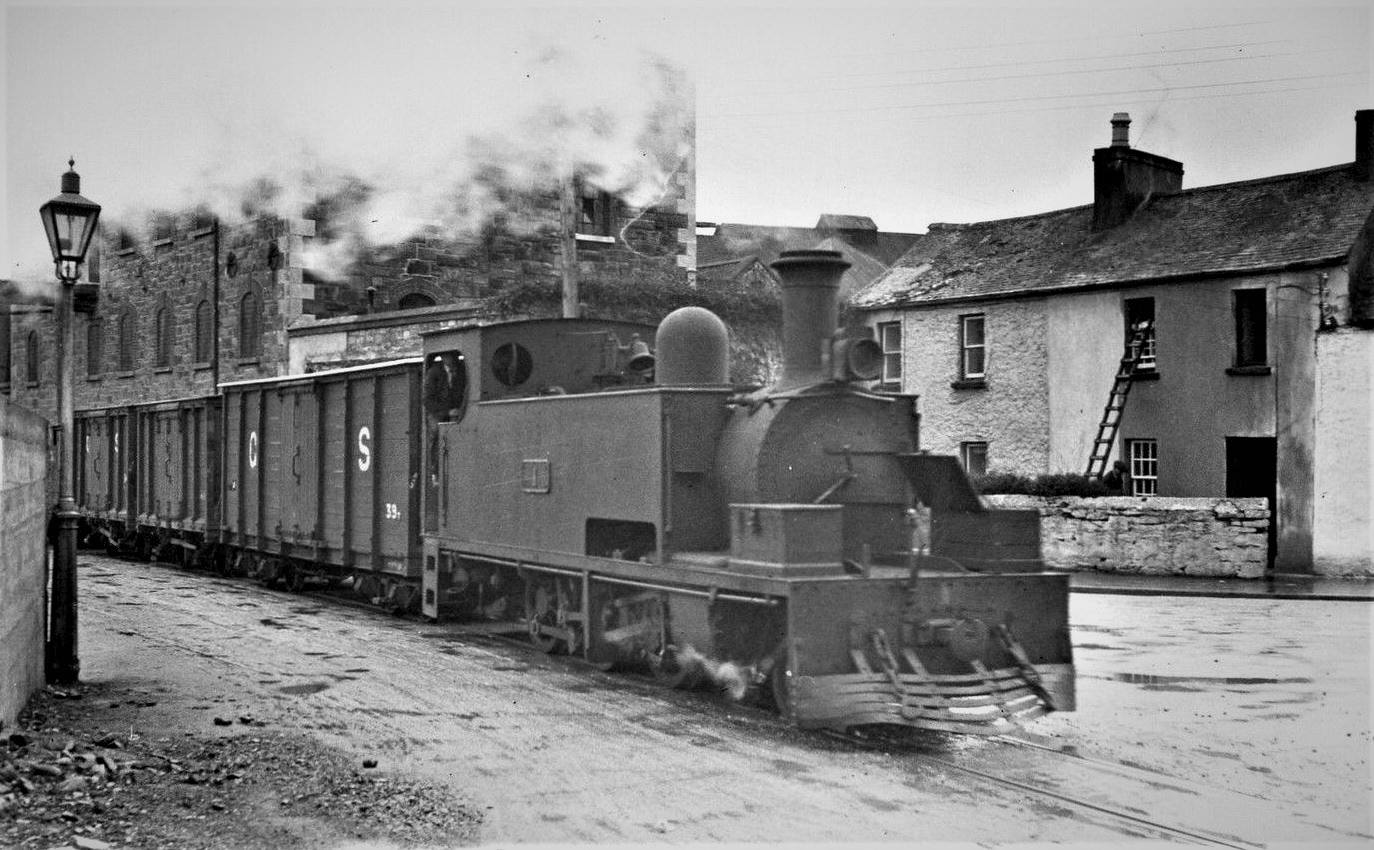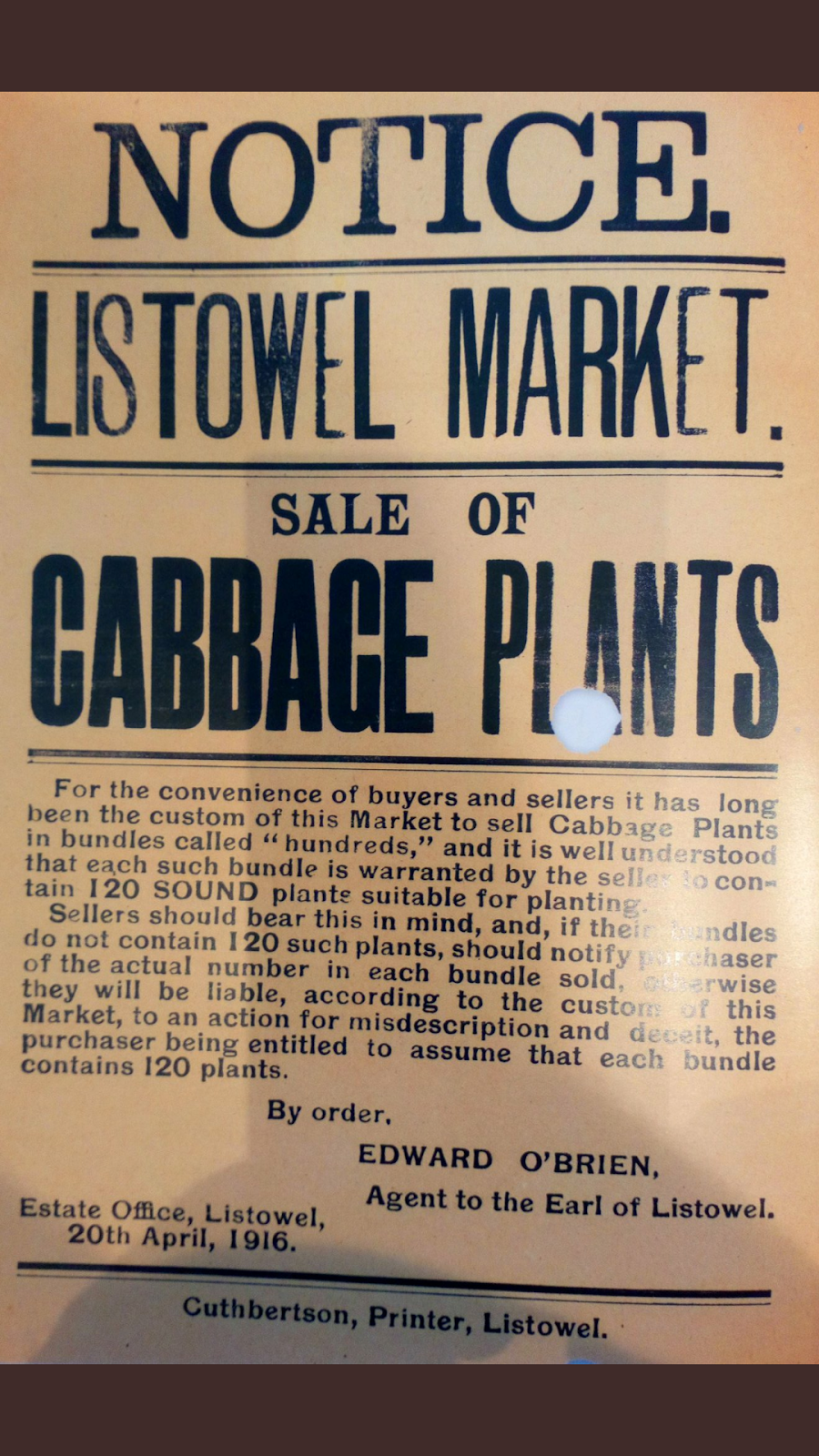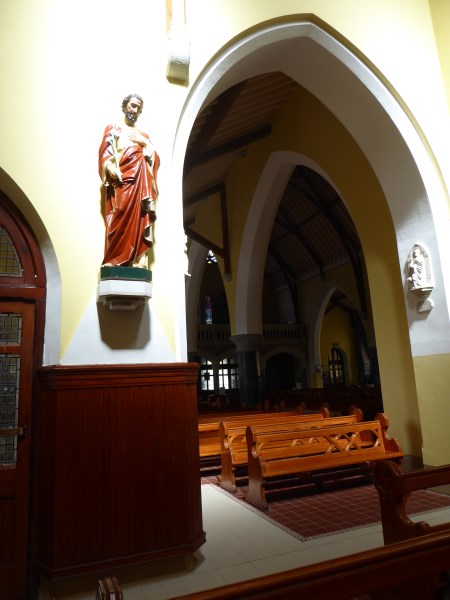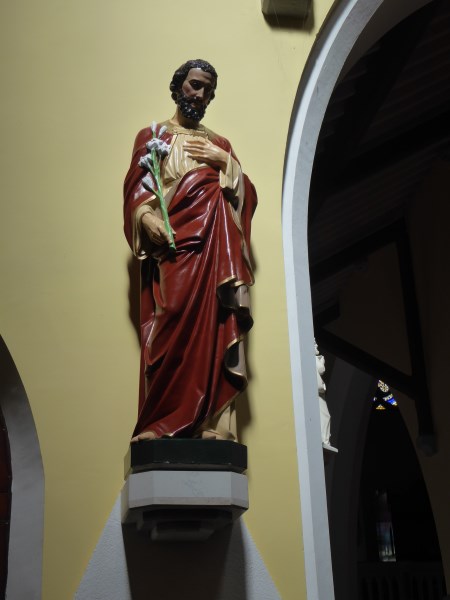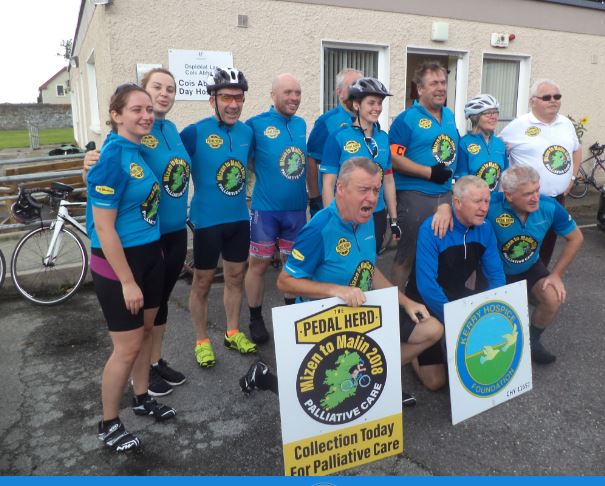Some signs that Race Week is upon us






<<<<<<
Wedding at St. Mary’s

Look at this novel use of old milk churns at a local wedding in St. Mary’s Listowel recently.
<<<<<<<
Dromcollogher Burning Remembered

“It was your typical rural Irish
village of the 1920s, everyone knew each other, and the big city media would
not have paid much attention to the daily events there. They wouldn’t have been
considered important enough.
But all that changed on Sunday,
September 5, 1926 in the west Limerick village of Dromcollogher.
The day started like every other
Sunday in the town with it’s residents readying themselves for Sunday Mass at
the local church.
A hundred or so yards away from the
church, at a local hardware store, Patrick Downing, a movie projector operator,
had travelled up from Cork to meet local hackney driver, William
“Baby” Forde, to partake in a little scheme to make a few pound
between them.
Forde had hired the upstairs loft
of the hardware store from Patrick Brennan, where they had planned to set up a
temporary cinema. Two trial runs at the location were a success, and this was
going to be the first time that they would charge an admission fee to see the
showing.
Forde had realised that there were
no movie showings in Cork on a Sunday, so he and Downing hatched a plan to
bring films from the Assembly Rooms Theatre on Sunday morning, and have them
back in Cork again by Monday morning. That way the theatre owners in Cork would
be none-the-wiser about the fact that their film reels had been missing on the
Sunday.
To show films privately was against
the law, so to hide the fact that he was doing this, Downing took the movie
reels out of their protective metal cases and placed them in a Gladstone bag
for transport to Dromcollogher. The metal cases would still be in Cork, giving
the impression that the films were where they were supposed to be.
The projector was set up on a table
infront of the only exit to the loft and the reels were placed beside it. There
were also two candles placed on the table to give light to them while they
checked both the money people were going to be paying and to read the reels as
they were being loaded into the projector to be shown. The candles were not
placed in holders, but they were held in place by hardened candle wax. The
showing was scheduled to begin at 2100 hrs so as to allow people to attend
Benediction at the church.
Locals then made their way from the
church to the hardware store and climbed the rickety outside stairs to the loft
and take their places in time for the screening. It was not long before there
were two hundred people packed into the tiny room.
The first of the two films, a short
movie called, “The Decoy,” was shown without incident. By this time,
one of the two candles on the table had burnt out. One candle remained alight.
Things turned for the worst after
the second film “The False Alarm” began.
There are many different
suggestions as to how the remaining candle was knocked over. Some say that
young boys in the room were throwing their caps at it in an effort to
extinguish it, in the hopes that they could make off with the takings without
being seen, however this story has not been confirmed. What is known is that
the candle did fall over onto a reel of naked film which exploded into flames.
A former Brittish Army officer and local Garda, Sergent Long was reported to
have noticed this and got up to kick the film off the table, but another man
got to it first and started using his cap to beat the flames, fanning them and
causing the table and the film to be engulfed in fire. A panic ensued and
Sergent Long was carried out of the room by the fleeing crowd.
Another Garda, Gda Davis, who was
also present, tried to demonstrate to the others that if they jumped through
the flames, they would be able to escape. Many people followed his advice and
escaped through the entrance. However, many people felt safer going to the
opposite end of the loft to the fire.
At this end of the loft, there were
two windows, which were barred. But because the loft had previously been used
for clandestine IRA meetings during the War of Independence, one of the windows
had the bars partially cut to facilitate a speedy escape in the event of an RIC
raid.
One former IRA member, John Gleeson
knew this and broke the bars allowing more people to escape. But with the heat,
the remaining bars began to expand and one woman was jammed between them,
cutting off this escape route.
Not long after this, the loft floor
collapsed onto the hardware store room, which contained things like wood, glass
and five gallon tanks of petrol.
August 1926 had been a dry month in
the region. The two wells in the town were dry and the level of water in the
nearby river was insufficient to help those trying to put the fire out. The
nearest fire brigade was in Limerick.
The building was completely
englulfed within a half an hour of the fire starting, and it was all over
within an hour. By this time 46 people had died. Two more were to die later in
hospital from their injuries. Only 21 of those who died were identifiable, and
the only way to know the identities of the other 27 was to find out who did not
come home that night. Of the 20 children present, 15 lost their lives. Half of
the people who had perished were below the age of 25.
Gardai came from Newcastle West and
sealed off the area. The army were also called in to help coffin the dead. So
many were dead that they hadn’t enough coffins. Special permission was sought,
and granted to bury the dead in a mass grave on the grounds of the Church. All
but one of the victims are buried there
“The Burning” as it
became to be known, was rarely spoken of in the area by the people of
Dromcolloghar.
The three men at the centre of the
whole affair, those being Brennan, Downing and Forde, were all charged with
manslaughter at the Central Criminal Court, but were acquitted. Forde later
emigrated to Austrailia where he was reported to have died after he replaced
flour with stricnine when baking bread during a rabbit hunting trip.
The tragedy made international
news, however some articles were not as kind to the people of Dromcolloghar as
they should have been, notably this one from the September 20 1926 edition of
US magazine, TIME: “One William Ford, storekeeper in the
village of Drumcollogher, County Limerick, welcomed to the musty loft of his
barn last week a crowd of eager Irish peasants who climbed up the single
rickety ladder, sat down in rapt expectance of Drumcollogher’s first cinema
show, a drama called The Decoy….”
(I took the above account of this awful tragedy from Boards.ie where the author is given as Billy the Squid.)
<<<<<<<<<<
Tralee

From Historical Tralee and Surrounding areas
From the Heuston collection . Taken back in the day . The junction between High Street, Staughtons Row and Bridge street (by the Garda station )
